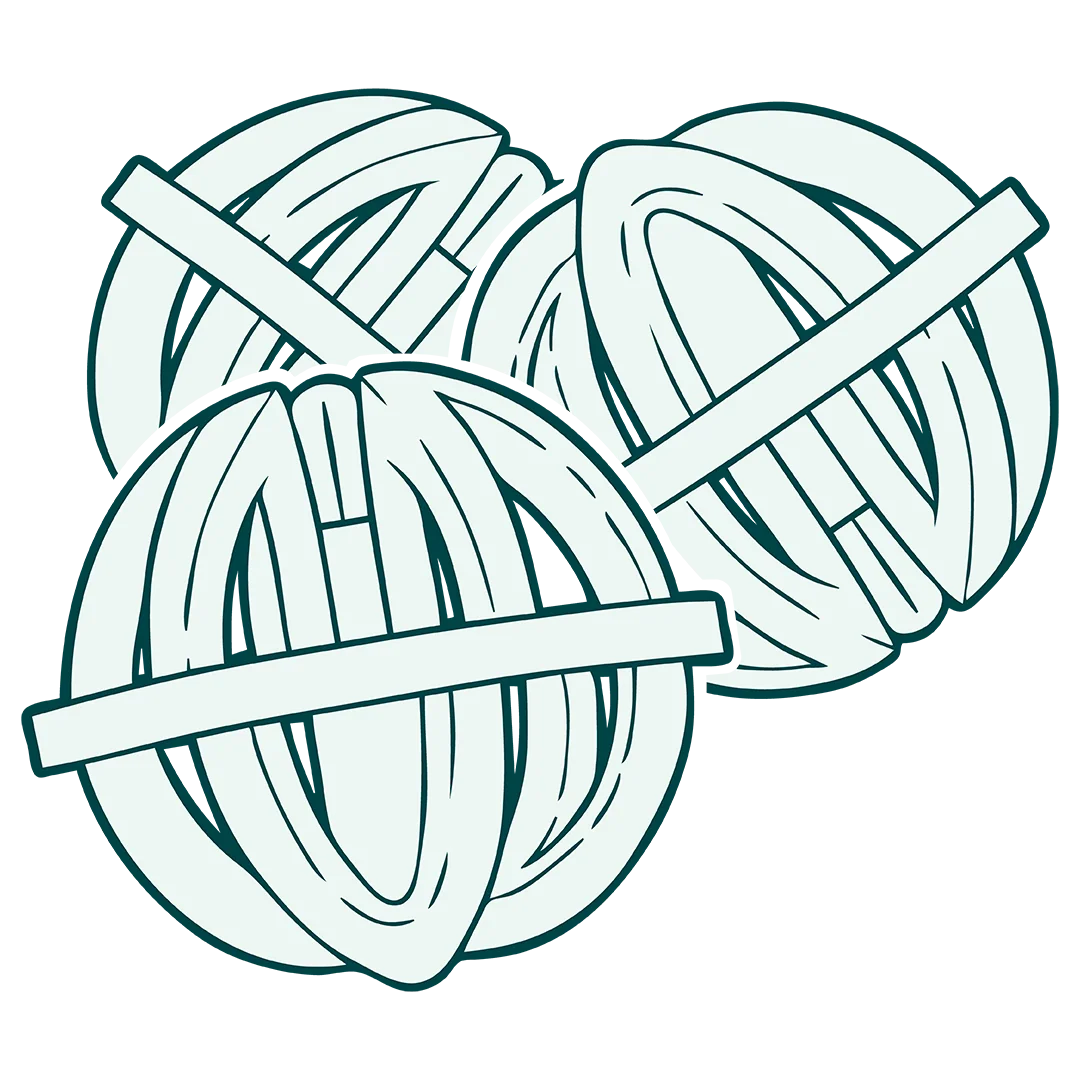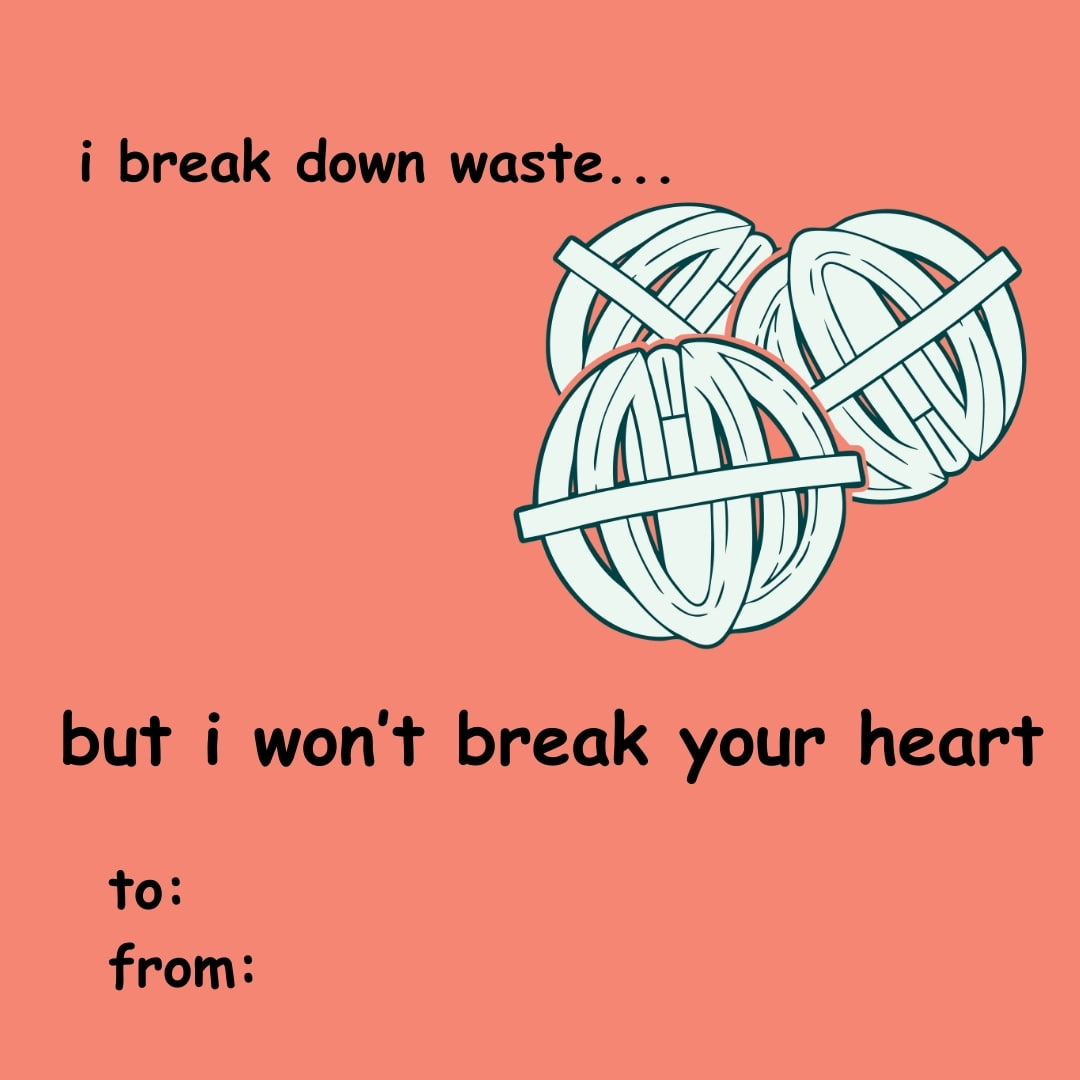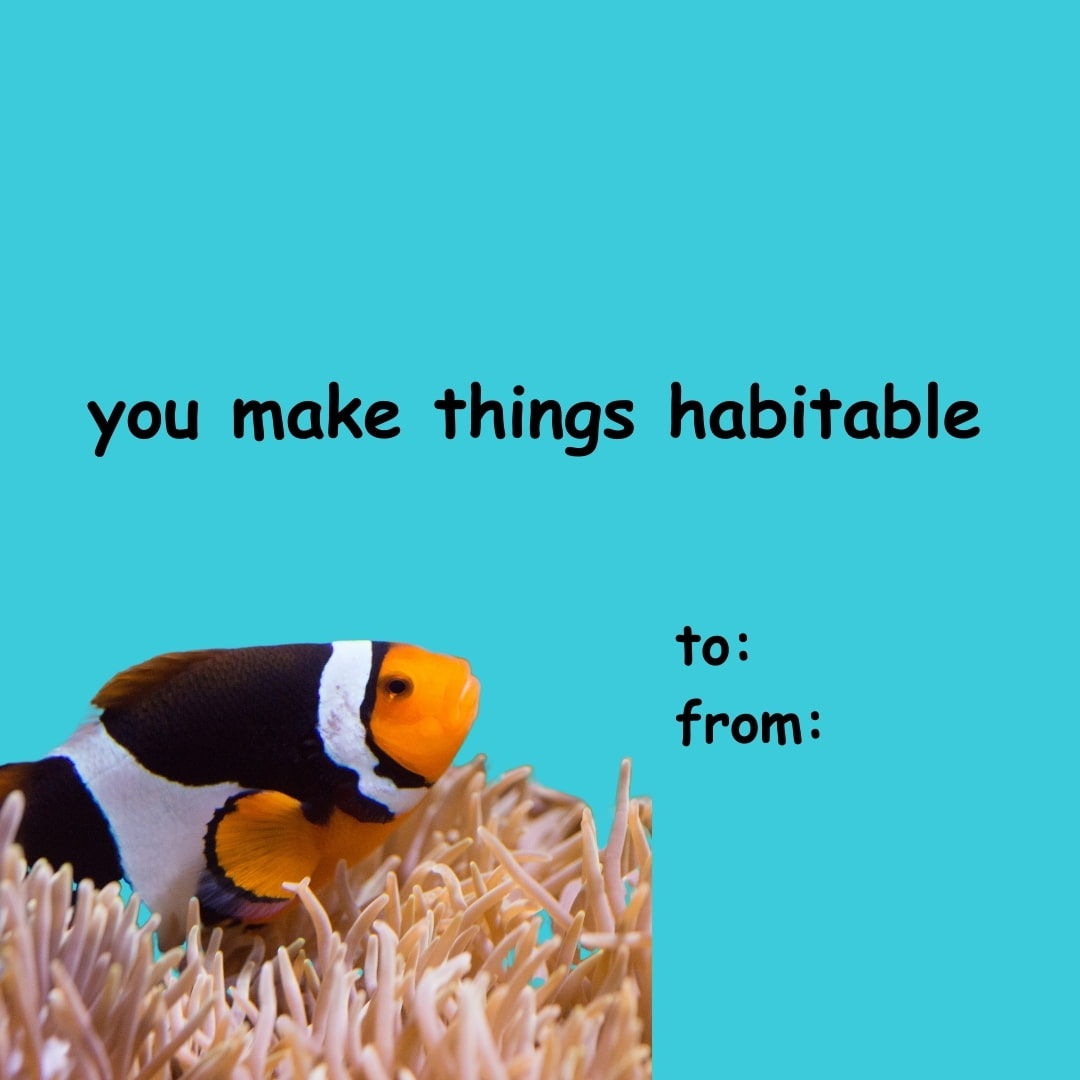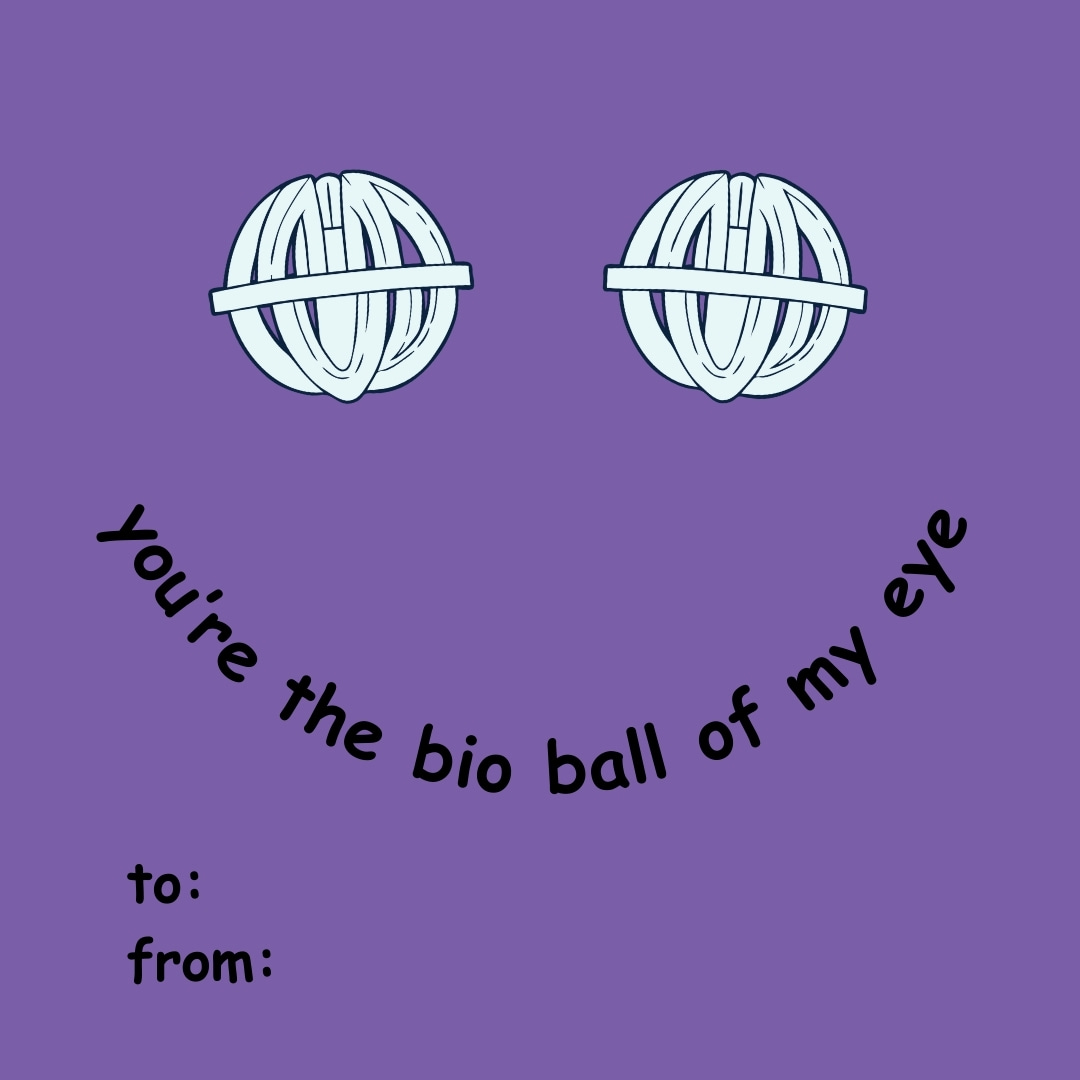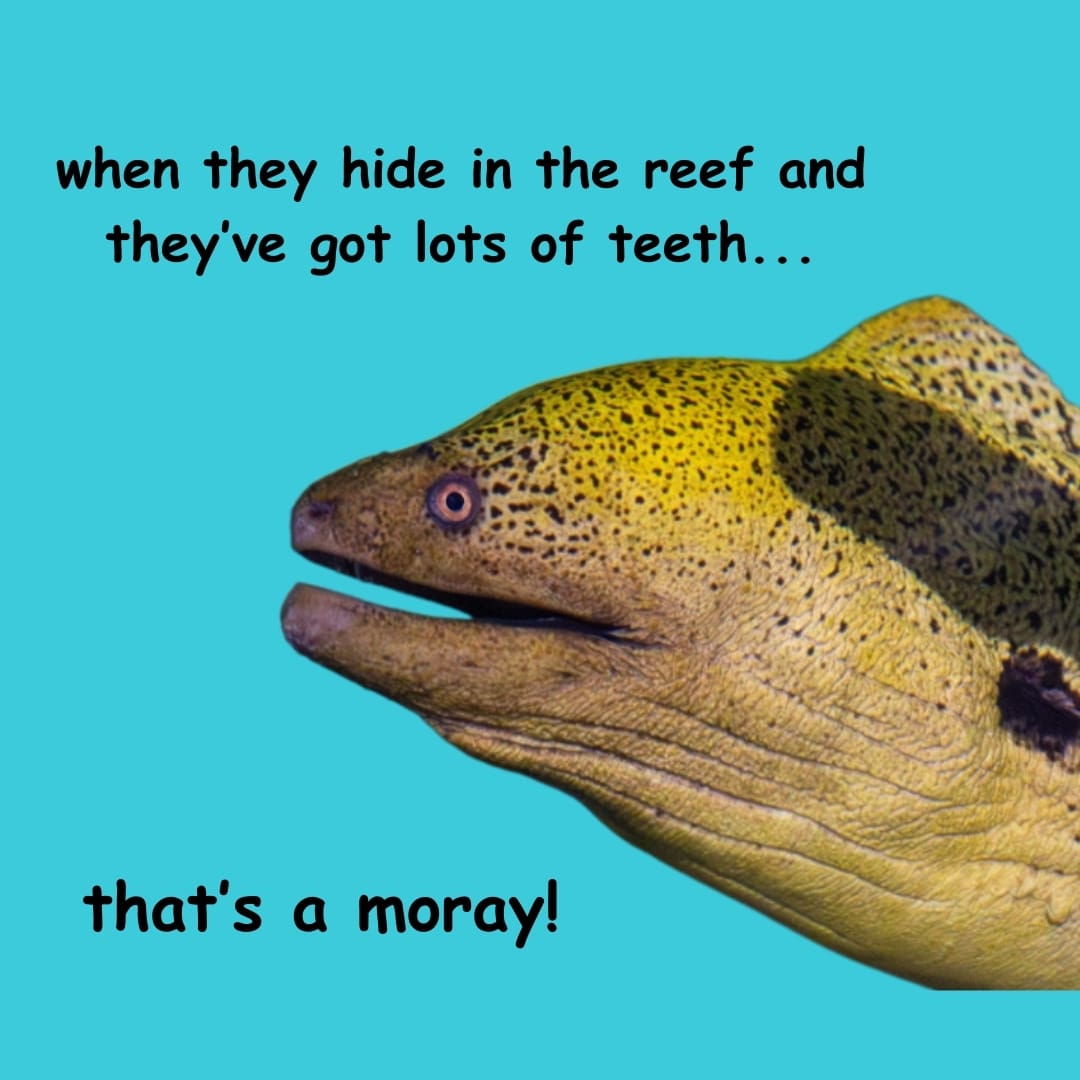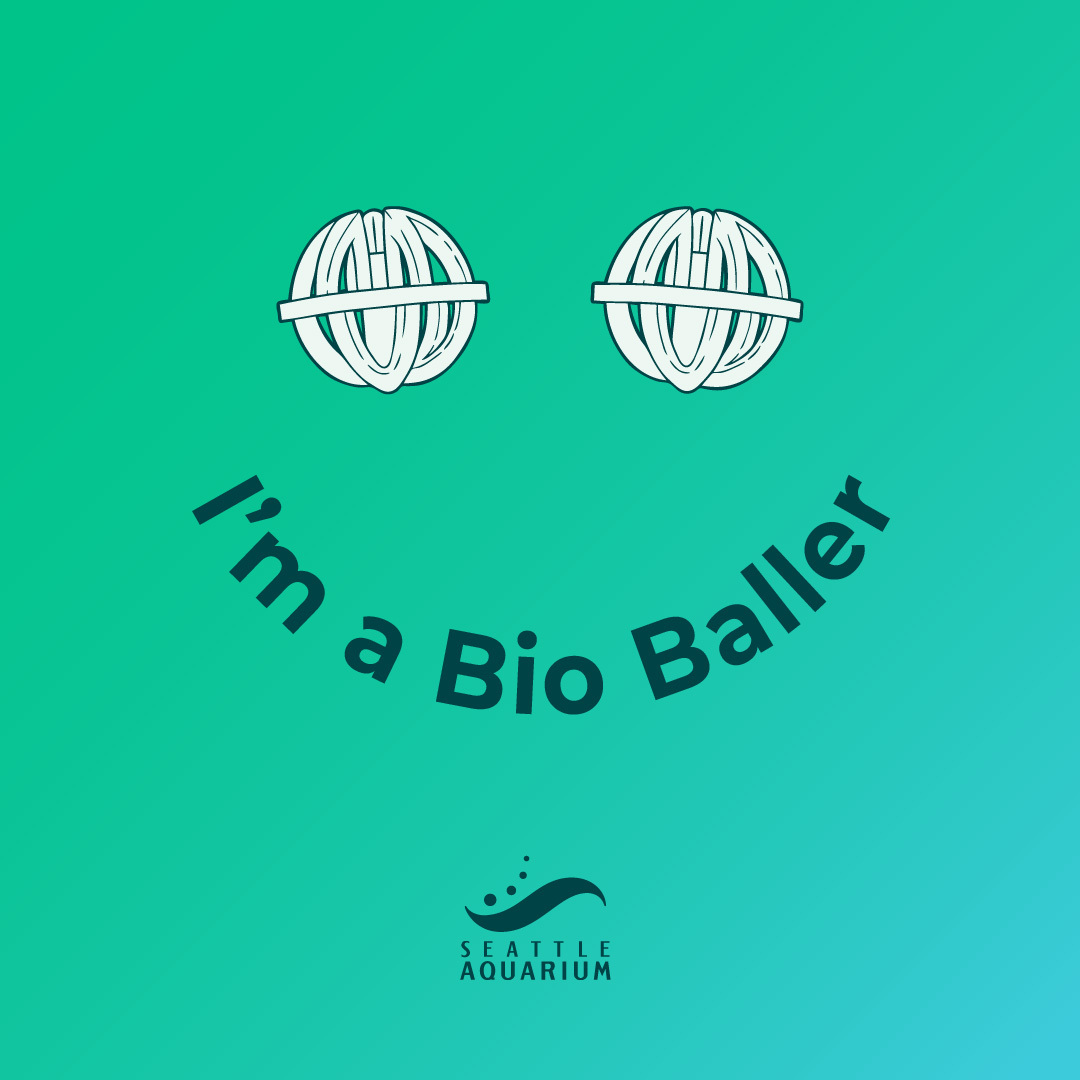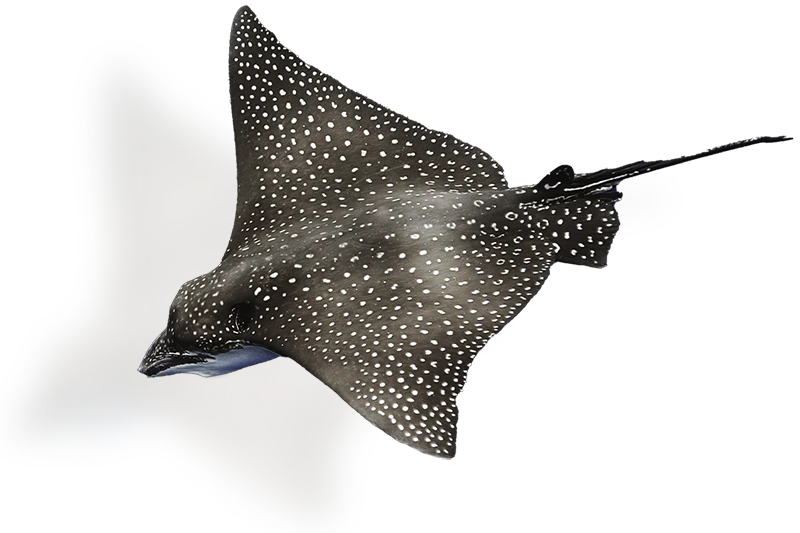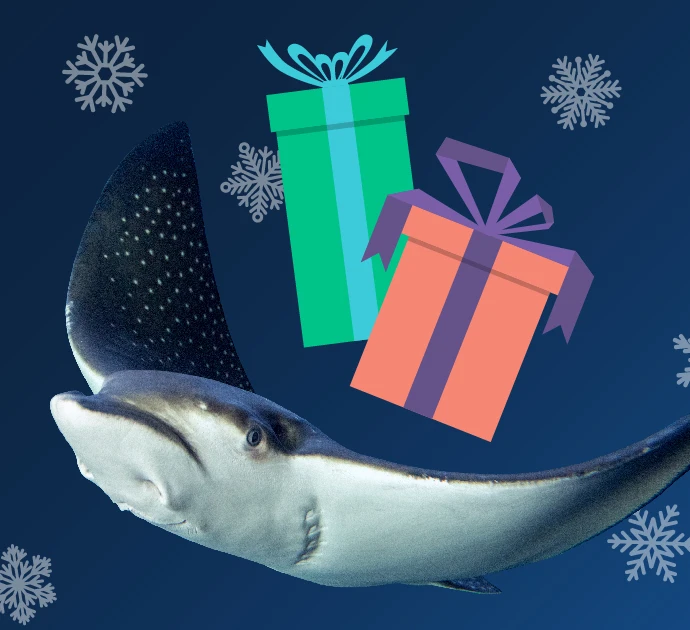Welcome back, Bio Baller!
Thanks for adopting a bio ball from the Seattle Aquarium!
Your digital adoption helps not just billions of bacteria, but the thousands of animals who reside at the Aquarium.
Haven’t adopted a bio ball yet? Adopt a bio ball and become a Bio Baller today!
What can you expect here?
This page is your source for all things Bio Baller. This is where your digital certificate of adoption lives. It’s where we’ll post updated rewards for our most ballin’ support community.
Bio Ballin' Valentines
Nothing says romance quite like nitrogen-eating bacteria. Send these cheesy valentines to your loved ones this Valentine’s Day!
Bio Ball and Chill
Hey Bio Ballers! Lyric music video
Downloadable images
Perfect for showing off your support.
Deep dive on bio balls
With graceful sharks, elegant rays and beautiful fish come poop and pee. The Aquarium uses two different types of nitrifying bacteria to break down ammonia-rich animal waste. The first type transforms ammonia into nitrites. The second turns nitrites into nitrates, which are safer to have around.
Bio balls are small orbs, just about an inch in diameter, that offer plenty of surface area for these beneficial bacteria to settle on and grow. Each bio ball can support thousands of bacteria and the Seattle Aquarium aims to cultivate millions of bacteria for the habitats across our campus.
Without bio balls, we never could have opened the Ocean Pavilion expansion. The Aquarium’s Water Quality team spent months preparing for and cultivating a large enough population of beneficial bacteria to support the animals in our habitats. Bio balls are extra important in the closed water system of the Ocean Pavilion because most of the water in those habitats recirculates. The Water Quality team has to make sure the water is clean enough when it enters a habitat.
Bio balls live indefinitely in the Aquarium’s life support systems, which maintain all habitats and water throughout our buildings. That’s where bacteria spend their days processing a never-ending feast of nitrogen-rich wastewater as it recirculates.
Watch the video below to see bio balls in action. And read our web story, “What does poop have to do with the Ocean Pavilion?” to learn even more.
